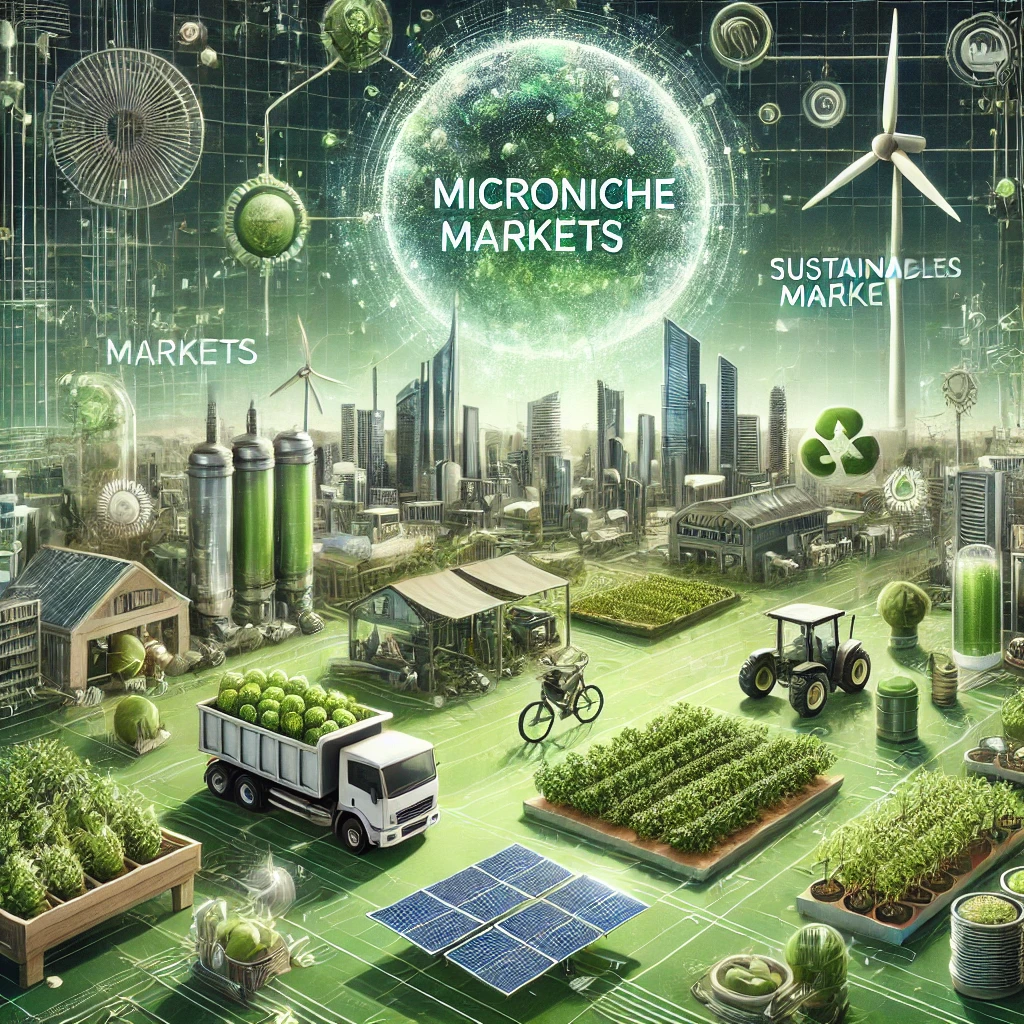
Exploring the Intersection of Micronitch and Sustainable Technologies for a Greener Future
The Future is Now: Micronitch and Sustainability
We are living in an exciting time where technology is advancing at lightning speed. Every day, new innovations are reshaping how we live, work, and interact with the world. One of the most fascinating areas of development lies at the intersection of micronitch and sustainable technologies. But what does this really mean for us?
In this article, we will explore the latest innovations in AI and their real-life applications, how the best smart home gadgets to simplify your life are changing the way we live, and why how IoT is revolutionizing industries is not just a passing trend. Plus, we’ll take a look at the top 5G-enabled devices you need to know about and practical uses of sustainable technologies in everyday life.
The Role of AI in Creating a Greener Future
AI Tools for Daily Life
Artificial intelligence (AI) has become one of the most influential tools in our modern world. Whether you’re aware of it or not, it’s already deeply embedded in our daily routines. From voice assistants like Siri to personalized recommendations on Netflix, AI is quietly shaping how we interact with technology.
But AI’s impact doesn’t stop there. It is now playing a significant role in sustainable technologies. AI tools are being used to optimize energy consumption in homes and businesses, reducing carbon footprints. For instance, smart thermostats use AI to learn your preferences and adjust heating and cooling automatically, ensuring energy efficiency without sacrificing comfort.
The Latest Innovations in AI and Their Real-Life Applications
AI is not just about convenience anymore. In the realm of sustainability, AI is driving cutting-edge solutions that directly contribute to a greener planet. From energy management systems that reduce waste to AI-powered sensors that monitor pollution levels, the potential for AI in creating a sustainable future is boundless.
Smart Home Technologies: Simplifying Life While Saving the Planet
The evolution of smart home technologies has made it easier than ever to live sustainably. These devices allow you to monitor and control various aspects of your home environment, often from the palm of your hand. But what makes them truly special is their ability to reduce energy consumption and promote a more eco-friendly lifestyle.
Best Smart Home Gadgets to Simplify Your Life
From smart light bulbs that automatically adjust to the time of day to energy-efficient appliances that save you money and reduce waste, the best smart home gadgets to simplify your life are designed to make living greener effortless. Some even use AI to predict your needs and adjust settings without you lifting a finger.
For example, smart water systems can track your water usage and automatically make adjustments to prevent waste. Similarly, smart fridges can notify you when food is about to spoil, helping you reduce food waste and save money at the same time.
The Internet of Things (IoT) and Sustainable Innovation
How IoT is Revolutionizing Industries
As more devices become connected through the Internet of Things (IoT), we are witnessing a revolution in how industries operate. IoT-enabled devices allow for real-time monitoring and analysis, which leads to more efficient use of resources, reduced waste, and ultimately, a greener environment.
For instance, IoT in agriculture enables farmers to monitor soil conditions, water usage, and crop health remotely, optimizing their yields while using fewer resources. In manufacturing, IoT sensors can track energy consumption and pinpoint areas for improvement, helping companies cut down on waste and reduce their carbon footprint.
5G and Its Impact on Connectivity and Sustainability
5G technology is set to change the world in ways we haven’t fully imagined yet. With faster speeds and lower latency, 5G has the potential to transform industries and create a more connected, sustainable world.
Top 5G-Enabled Devices You Need to Know About
From smartphones to smart home devices, 5G-enabled technology is already starting to make waves. The improved connectivity allows for faster data transfer, which is crucial for technologies like autonomous vehicles and AI-powered systems. In the context of sustainability, 5G enables real-time data monitoring that can drive energy efficiency, improve waste management, and promote smarter, greener cities.
Practical Uses of Sustainable Technologies in Everyday Life
Sustainable Technology Innovations
Incorporating sustainable technologies into our everyday lives isn’t just about saving money—it’s about making choices that benefit the environment. From solar-powered devices to electric cars, there are countless ways we can embrace sustainable innovations in our daily routines.
Practical Uses of Sustainable Technologies
Take electric cars, for example. They not only reduce carbon emissions but also save you money on fuel. Similarly, solar panels are becoming more accessible, allowing homeowners to harness the power of the sun to generate their own electricity, reducing reliance on fossil fuels. By embracing these sustainable technologies, we are making a positive impact on the planet while enjoying the benefits of modern technology.
FAQs
1. What are some of the best smart home gadgets for sustainability?
Some of the best gadgets include smart thermostats, smart light bulbs, energy-efficient appliances, and smart water systems, all of which help reduce energy consumption and waste.
2. How does AI contribute to a greener future?
AI helps optimize energy usage, reduce waste, and improve the efficiency of various systems, such as smart homes and industrial processes, contributing to a more sustainable world.
3. What is the role of IoT in sustainability?
IoT enables real-time monitoring and data analysis, which helps optimize resource use, reduce waste, and improve the efficiency of systems like agriculture, manufacturing, and energy management.
4. How will 5G technology impact sustainability?
5G will improve connectivity, enabling faster data transfer and real-time monitoring of systems, which can drive energy efficiency and promote smarter, more sustainable cities.
5. What are some practical uses of sustainable technologies in everyday life?
Practical uses include solar panels for energy generation, electric cars for reduced emissions, and energy-efficient appliances for minimizing energy consumption.